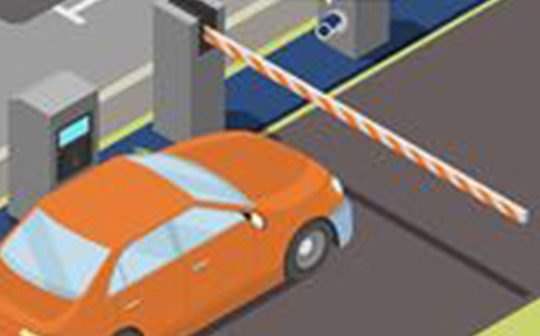
ONVIF®, has released Profile D, a new profile that addresses interfaces for access control peripheral devices, providing the market with an additional tool for building modern and secure IP-based integrated video and access control systems using ONVIF.
Profile D is designed to provide ONVIF interoperability for peripheral devices such as locks, credential/biometric readers, PIN pads, license plate recognition cameras, door phones, sensors and displays. These types of peripherals commonly require specific integrations between products from different vendors to be able to incorporate them into an access control management platform.
“Users are increasingly looking to incorporate additional technologies into their access control systems for use in innovative ways, such as bar code reading cameras for visitor management or video door stations for intercom applications,” said Patrik Björling, Chair of the ONVIF Profile D Working Group. “Profile D provides a standardized way to satisfy this demand for interoperability, which can in turn drive additional opportunities for more use cases for peripheral devices.”
Using Profile D, a peripheral device, such as a wireless lock or license plate recognition camera, can pass credential identifiers to a securely located Profile D conformant client, such as an access control unit or management software. The client or controller, which stores access rules, schedules and credentials, can then take the access decision and send a command back to the peripheral device to grant or deny access, display a message or request additional input such as a PIN code. Having sensitive information on a separate controller in a secured area enhances security. Communications between the device and client are secured using ONVIF security protocols such as TLS.
The Profile D specification enables a conformant client to configure a conformant device with the necessary data such as which door and access point the device is responsible for, as well as configure a list of allowed or blocked credential identifiers in a device that supports this capability.
ONVIF Profile D complements Profile A and Profile C in enabling standardized communications in an IP-based electronic access control system. Profile D devices can also support video profiles such as Profile T and Profile M to enable an integrated video and access control system using ONVIF interfaces. Such devices include a door phone that combines a reader and lock with audio/video intercom, or an IP camera with a relay output connected to a lock that can be used by a guard to visually identify a visitor and remotely unlock the door.
Founded in 2008, ONVIF is a leading and well-recognized industry forum driving interoperability for IP-based physical security products. The organization has a global member base of established camera, video management system and access control companies and more than 20,000 profile conformant products. In addition to Profile D, ONVIF offers Profile S for streaming video; Profile G for video recording and storage; Profile C for physical access control; Profile Q for improved out-of-the-box functionality, Profile A for broader access control configuration, Profile T for advanced video streaming, and Profile M for metadata and events for analytics applications. ONVIF continues to work with its members to expand the number of IP interoperability solutions ONVIF conformant products can provide.





